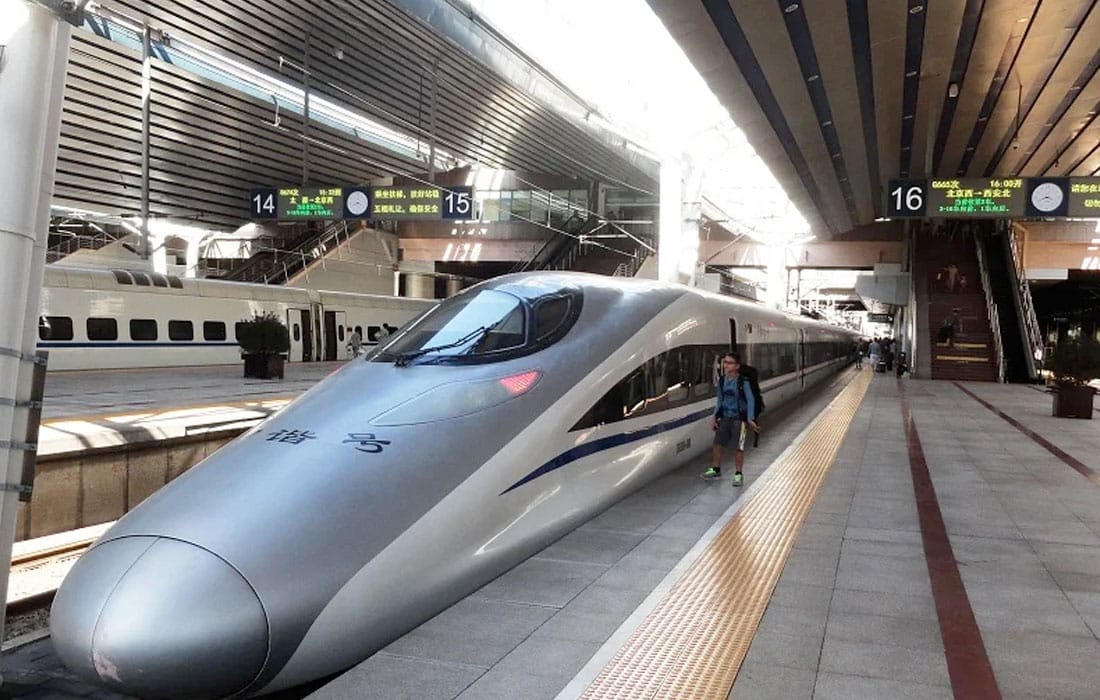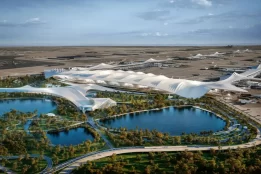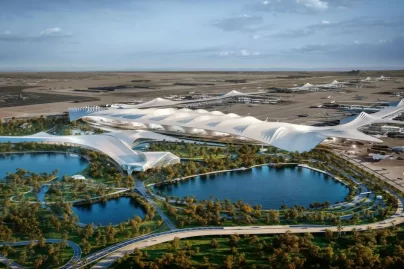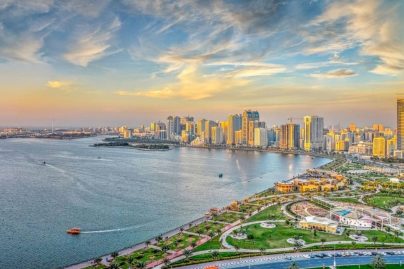High-speed China rail redefines domestic travel
Mon 15 Jan 2024
China’s transportation landscape has been transformed by the introduction of high-speed Fuxing trains, making travel more accessible across its vast population. People’s Daily Online reports that the development of these cutting-edge trains is the result of collaboration among over 2,100 businesses.
The creation of a single Fuxing set involves the coordination of more than 40,000 components, which are sourced from around 20 Chinese provinces. This intricate supply chain ensures the production of various parts, both large and small, across the country. These components are then meticulously delivered to the state-run China Railway Rolling Stock Corporation (CRRC) for the final assembly of the Fuxing trains.
CRRC, serving as the prime contractor in China’s rail industry, oversees a network of over 6,000 suppliers in related sectors. Regional clusters, such as Zhuzhou in Hunan and Chengdu in Sichuan, have emerged as central hubs for rail equipment manufacturing.
The exceptional quality of the Fuxing trains is evident in their stability at high speeds, even allowing coins to balance on their edges during travel between cities. This stability is a result of ongoing innovation, including a breakthrough in shock absorbers achieved through a ten-year partnership between CRRC and Zhuzhou Lince Group.
The domestically produced shock absorbers are now recognized as among the best globally, with CRRC Zhuzhou Locomotive guiding over 300 suppliers to higher standards through technology transfers. Cities like Zhuzhou have capitalized on this industrial knowledge to specialize, with more than 80% of rail components sourced locally, leading to trains being delivered ahead of schedule to international destinations.
China’s high-speed revolution, serving as the backbone for regional and intercity travel, exemplifies the power of coordinated innovation. The collaboration between private enterprises, research institutes, and various levels of government has created an integrated network, turning infrastructure achievements once considered impossible into reality, both domestically and overseas.
Also read: Indian Railways sets Net Zero target of 2030
High-speed China rail High-speed China rail High-speed China rail

 Apr 28 2024
Apr 28 2024












